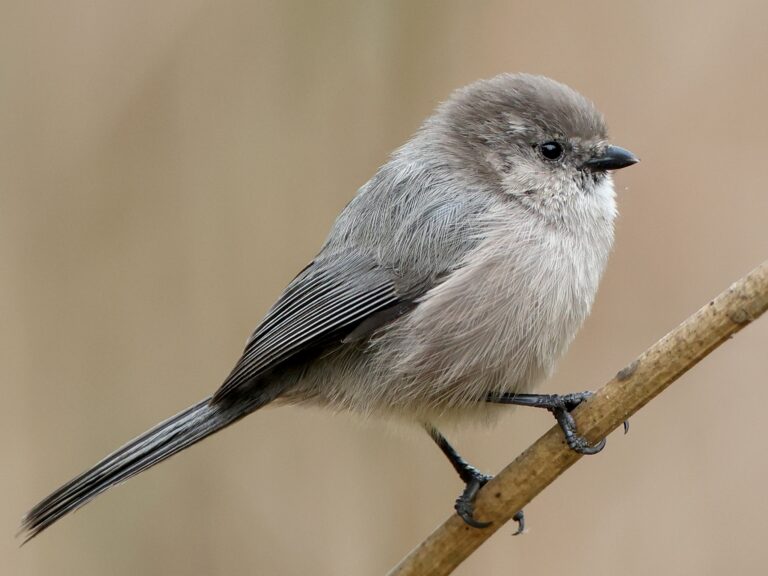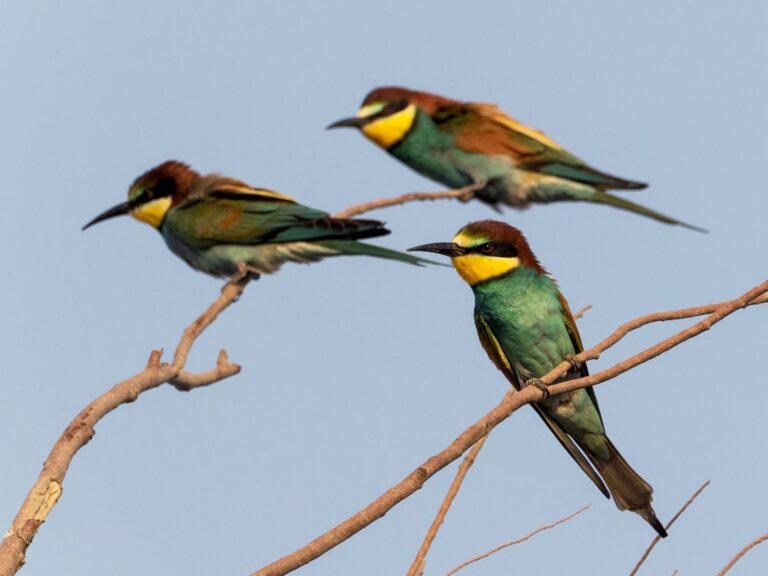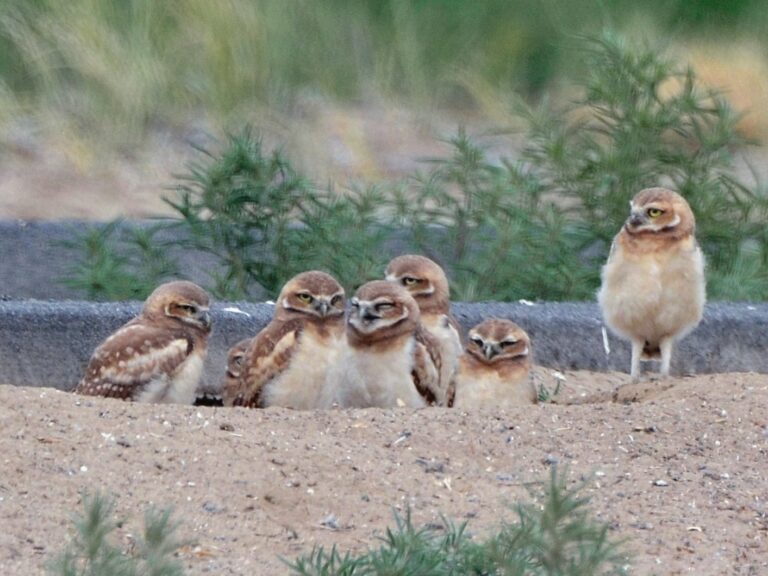Purple Grackle Fascinating Facts and Identification Guide
Purple Grackle Identification
The Purple Grackle is a striking bird that stands out among blackbirds. Its appearance, scientific background, and differences from similar birds make it a favorite subject for birdwatchers.
Physical Characteristics
This medium-sized blackbird has a long body and a tail shaped like a wedge or keel. The plumage looks black at first, but sunlight reveals a shimmering purple and blue, especially on males.
Both sexes have sharp, yellow eyes that really pop against their dark feathers. The bill is long, straight, and slightly tapered—pretty classic for grackles. Strong legs and that heavy, straight bill give it a confident look. Juveniles look more brownish and lack the glossy shine, so they’re easy to overlook.
If you’re birding in parks, wetlands, or even your backyard, those field marks—iridescent feathers, yellow eyes, and wedge-shaped tail—are your best clues.
Sign Up for Our Monthly Newsletter
Every month we send out our newsletter about interesting (and sometimes quirky) things happening in the world of birding. Give it a try!
Taxonomy and Classification
The Purple Grackle is a subspecies of Quiscalus quiscula, part of the Icteridae family. That family also includes orioles, meadowlarks, and cowbirds. In some places, folks call it the “crow blackbird.” Its range mostly covers the eastern and southeastern U.S.
Within the species, you’ll find several forms: purple, bronzed, and Florida types. The Quiscalus quiscula stonei is the typical Purple Grackle, while Quiscalus quiscula versicolor is the Bronzed Grackle.
Hybrid forms do pop up, which can make identification a bit of a headache. Curious about that? Check out hybridization in Quiscalus quiscula.
Similar Species
Telling the Purple Grackle apart from other blackbirds isn’t always easy. It overlaps with the Boat-tailed Grackle, Great-tailed Grackle, Rusty Blackbird, Red-winged Blackbird, Brown-headed Cowbird, and even crows.
Boat-tailed and Great-tailed Grackles are bigger, with longer tails. The Boat-tailed sticks to the coast. Rusty Blackbirds are smaller, have shorter tails, and don’t have that shiny color.
Red-winged Blackbirds have red and yellow shoulder patches—nothing like the Purple Grackle’s solid color. Brown-headed Cowbirds are smaller and chunky, with a chocolate-brown head.
Orioles and meadowlarks look very different, with bolder patterns. Focus on the grackle’s iridescent plumage, wedge tail, and those wild yellow eyes. For more tips, see identifying mixed grackle colonies.
Behavior and Life Cycle
The Purple Grackle is a clever, adaptable bird with a knack for socializing and finding food. Its life follows the rhythm of the seasons—breeding, raising young, and foraging in a mix of habitats.
Breeding and Courtship
Breeding kicks off in early spring. Males go all out with courtship displays, puffing up, spreading their tails, and belting out songs. They chase rivals and flash their glossy feathers in the sunlight. Females pick their mates based on those displays and vocal skills.
Once paired, they nest in loose colonies. Most pairs stick together for the season. Social breeding helps with protection and food-finding. Weather and food supply can really shake up their breeding routines. For more, check out gonadal and behavioral cycles in the Great-tailed Grackle.
Nesting and Parenting
Grackles usually pick trees—often conifers or tall shrubs—for their nests. They build with twigs, grasses, and whatever’s handy. Females handle most of the nest construction. Eggs incubate for about two weeks, with females doing the sitting while males guard the area.
After hatching, both parents feed the chicks. Insects, grubs, and a bit of plant matter make up the menu. Fledglings leave the nest after roughly three weeks. Nesting success depends on food and predators.
Large groups can help with safety, but crowding means more competition. You can dig into their nesting habits in Common Grackle life history.
Foraging and Diet
Purple Grackles eat just about anything. They’re omnivores and change their diet with the seasons. They go for insects, grubs, seeds, corn, and small fruits. Foraging usually happens in groups, especially in open spaces near water or farmland. They’re not shy about raiding fields or picking up scraps in cities.
Diet Table:
| Food Type | Main Sources | Season |
|---|---|---|
| Insects | Beetles, grasshoppers | Spring, Summer |
| Grubs | Underground, soil | Spring |
| Corn, Grain | Fields, farms | Year-round |
| Fruit | Trees, bushes | Late Summer |
Their flexibility helps them survive changes but sometimes puts them at odds with farmers. More on this in common grackle reproductive success and survival.
Anting and Pest Control
Here’s a weird one: “anting.” Grackles let ants crawl on them or rub ants on their feathers. Why? The ants’ formic acid might help control parasites or soothe itchy skin. It’s a creative grooming trick.
Besides that, grackles eat loads of insects and beetles, which helps keep pests in check in fields and gardens. Of course, their taste for crops can be a headache for farmers. You’ll find more on anting and grackle habits in ecology and management of the Common Grackle.
Habitat and Distribution
The Purple Grackle, a subspecies of Common Grackle, adapts to a wide range of landscapes. It forms big flocks and pops up in both wild and human-shaped environments.
Typical Habitats
You’ll spot Purple Grackles in open woodlands, marshes, and along lakes and rivers. They like being near water, where food and trees are easy to find.
They also thrive in suburban and farm areas, especially where bird feeders are around. Schoolyards and city parks attract them, particularly in winter or early spring.
They don’t rely on conifers as much as some blackbirds, but they’ll nest or roost in a mix of trees and shrubs. This flexibility helps them spread out across all sorts of places. Dive deeper into their habitat choices at ecology and management of the Common Grackle.
Geographic Range
The Purple Grackle (Quiscalus quiscula) mostly ranges from Louisiana to southeastern New York, staying east of the Rockies. Its range overlaps with other grackle subspecies here and there. In winter, many migrate south and join huge flocks with other blackbirds. By late February or March, they start heading north for breeding.
You’ll find them in both cities and rural spots. Their ability to adapt keeps their numbers strong, though climate and habitat shifts do change things. See more about their range in expansion of the Common Grackle.
Flocking and Community
Purple Grackles are super social, especially when not breeding. They flock together with other blackbirds, like Red-winged Blackbirds and Brown-headed Cowbirds. Sometimes, these groups number in the hundreds or thousands—hard to miss during migration. At feeders, they can outnumber smaller birds, using sheer size and numbers.
If you watch closely, you’ll notice the mix of species in these flocks. Landscaping and feeding habits in neighborhoods affect how many show up, so they’re a pretty common sight most of the year. More on flocking and habitat use is in grackle distribution and group behavior.
Frequently Asked Questions
The Purple Grackle has some pretty unique features, wild calls, and a big range. Telling males from females can be tricky, and keeping them away from certain spots isn’t always easy.
What differentiates a Purple Grackle from a Common Grackle?
The Purple Grackle, or Quiscalus quiscula stonei, sports glossy feathers that look purple or blue-black. Other subspecies, like the Common or Bronzed Grackle, show more bronze or green.
You’ll mostly find Purple Grackles in the southeastern U.S., below a line from Louisiana to North Carolina. More on this at Ecology and management of the Common Grackle.
What type of sounds do Purple Grackles make?
Purple Grackles are loud and not exactly subtle. Their calls are harsh—think whistles, squeaks, and clicks, sometimes like a rusty hinge. They use these sounds to talk with the flock and warn about danger.
What are some interesting facts about Purple Grackles?
These birds love shiny things, often lining their nests with bits of metal or plastic. They travel in big flocks, especially near water or in fields.
Their diet is all over the place—insects, seeds, even small animals. For more, check Food of the bobolink, blackbirds, and grackles.
How can one differentiate between a male and a female Purple Grackle?
Male Purple Grackles are bigger and flashier, with more vibrant iridescent feathers. Females look duller, usually with a brownish cast and less shine. Males also have longer tails and heavier bills. It’s not always obvious at a glance, but side-by-side, the difference is clear.
What is the migratory behavior of Purple Grackles?
Purple Grackles are partial migrants. Some groups head south when winter hits, especially if they live up north where it gets pretty cold. Others just stick around all year if the weather stays mild and they can still find enough to eat.
What methods are effective for deterring Purple Grackles?
To deter Purple Grackles from yards or crops, folks try a few different tricks. They usually start by removing food sources, like open garbage or spilled bird seed. Some people hang up shiny tape or set out predator decoys, hoping to scare the birds off.
Others trim trees or use netting to make nesting spots harder to reach. If you’re curious about more ideas, check out Ecology and management of the Common Grackle.





